The dengue fever outbreak in the Pacific Island nations has underscored the impact of climate-driven health threats.
Since the start of 2025, the Pacific Syndromic Surveillance System (PSSS) has recorded 16,502 confirmed cases of dengue fever and 17 deaths.
The World Health Organization (WHO) says that regional data from July shows the worst outbreak in a decade, with 18,766 suspected cases reported.
- Since 2025 began, the Pacific Islands has reported 16,502 dengue cases and 17 deaths amid the worst outbreak in a decade with 18,766 suspected cases.
- Experts link a dengue surge to climate change, as warmer, wetter conditions boost mosquito breeding and disease transmission.
- Travel between Pacific nations spreads dengue, with re-infections from different strains increasing risks of severe illness.
- Pacific countries are fighting dengue with fumigation, clean-ups, larvicides, health campaigns, and improved medical supplies.
- Climate change fuels many health threats beyond dengue, expanding mosquito habitats and increasing risks of waterborne and respiratory diseases.
Cases of dengue fever are surging. Image credits: Soumyabrata Roy/NurPhoto via Getty Images
Fiji has reported nearly 11,000 confirmed cases and eight deaths, while Samoa has recorded over 5,600 cases and six deaths.
Tonga has seen more than 800 cases and three deaths, while in Nauru, the government reported the death of a 15-year-old boy and a seven-year-old girl from dengue fever.
Cases have also been reported in French Polynesia, the Cook Islands, Tuvalu, and Kiribati.
Experts warn of climate-driven public health challenges
Dengue is a viral infection transmitted to humans through the bite of infected mosquitoes, mainly Aedes aegypti and Aedes albopictus mosquitoes.
Those mosquitoes thrive in warm and humid conditions with standing water sources for breeding.
As such conditions are only expected to worsen due to climate change, particularly in Pacific nations, experts have warned of public health challenges.
Fiji has reported eight dengue-related deaths. Image credits: Carolyn Van Houten/The Washington Post via Getty Images
Dr. Joel Kaufman, epidemiologist and director of the Center for Exposures, Diseases, Genomics and Environment at the University of Washington, told The Guardian that the outbreak of dengue fever could be linked to climate change.
“Dengue is one of the first real disease-related phenomena that we can lay at the foot of climate change,” he said.
“Rainfall raises the waterline over mosquito eggs laid just above the surface, which then hatch – that’s part of the natural breeding cycle. Heavy rains can also increase stagnant water sources, creating more opportunities for mosquitoes to breed.”
Pacific Island nations are working to combat the outbreak. Image credits: Government of Samoa
“It is in the vanguard of what will certainly be many types of human disease that become more common and more serious as the planet warms,” Kaufman added.
Dengue is the most rapidly spreading mosquito-borne viral disease in the world, and severe dengue is a leading cause of serious illness and death in countries across the Western Pacific Region, according to the World Health Organization.
Severe cases of dengue fever can lead to death
Mild cases usually last between two and seven days, and can cause flu-like symptoms such as a high fever, headaches, pain behind the eyes, nausea and vomiting, swollen glands, joint, bone or muscle pains, and a rash.
Other cases can be more severe and can lead to complications or death.
Warning signs of those cases are severe abdominal pain, persistent vomiting, bleeding gums, vomiting blood, rapid breathing, fatigue or restlessness and small red spots on the lips or fingers.
There has been a gradual increase in dengue over the years. Image credits: Phil Walter/Getty Images
The best way to reduce the risk of dengue fever is to avoid being bitten by mosquitos.
Things that can help with this include:
- Wearing insect repellent when outdoors
- Using mosquito nets when sleeping
- Installing mosquito/insect screens on windows and doors
- Wearing long sleeved and loose fitting clothing
- Removing potential breeding habitats
WHO’s Pacific Technical Support director Dr. Mark Jacobs told Pacific Waves there had been a gradual increase in dengue in the Pacific for at least the last two decades.
A man receives treatment for dengue in a Bangladesh hospital. Image credits: Md. Rakibul Hasan Rafiu/NurPhoto via Getty Images
Jacobs also noted that travel between nations was a contributing factor in the spread of dengue.
“The virus that causes dengue fever basically lives in people and lives in mosquitoes. And so for a lot of the … smaller Pacific countries, they haven’t got enough people for the virus to keep on circulating all the time,” he said.
“What tends to happen in those … Pacific countries is, if there’s an outbreak somewhere else in the Pacific, or somewhere where there’s people moving to and from, someone might come into that country from another country [where] they’ve already been infected … and bring the virus back.”
Transmission spreads through travel. Image credits: Fiona Goodall/Getty Images
People who have had dengue fever more than once and contract a different strain are more likely to be seriously ill if they are infected again.
“If somebody’s had dengue more than once, in other words, if they’ve had it with a couple of the different strains a few years apart, they’re the people most likely to get really, really severely ill with dengue,” Jacobs said.
“And so we see more of the severe dengue, more complications of dengue in those people.”
Pacific nations are trying to combat the outbreak
Dr. Paula Vivili, deputy director general of the Pacific Community (SPC), told The Guardian that dengue outbreaks were historically seasonal, but now there was a higher risk.
“However, due to climate change, transmission seasons are lengthening, and some areas are experiencing year-round dengue risk,” Vivili said.
In response to the escalating situation, Pacific nations are implementing measures to combat the outbreak.
Fumigation efforts are underway in Samoa. Image credits: Government of Samoa
In Samoa, the government has announced large-scale fumigation efforts targeting dengue fever hotspots, including in schools, in a bid to reduce mosquito populations.
The government of the Cook Islands has similarly intensified surveillance, launched island-wide clean-ups, and targeted spraying around households and public spaces.
Tonga has joined forces with the WHO to reduce mosquito breeding sites and provide treatments with larvicides. It has also launched a media campaign to send messages about severe dengue and early warning signs, as well as working to improve reporting and tracking of dengue.
Fiji has implemented its dengue outbreak response plan and is sending critical medicines such as IV fluids and analgesics to healthcare facilities across the country.
Experts say monitoring is not enough to combat dengue
A recent study published in Environmental Health Perspectives reviewed the long-term effects of climate change on dengue fever.
Researchers noted that without robust mitigation measures, the population at risk could increase.
Cases of dengue have been reported in the Cook Islands. Image credits: Craig Tuttle/Design Pics Editorial/Universal Images Group via Getty Images
It emphasized the need for integrated approaches that combine strong mosquito control, environmental management, and community engagement.
Researchers concluded that strengthening disease surveillance and improving public health infrastructure are also crucial for detecting outbreaks early and responding effectively.
Their call for further measures to tackle dengue was echoed by Dr. Bobby Reiner, disease ecologist at the Institute for Health Metrics and Evaluation at the University of Washington.
“Current disease surveillance systems are rarely sufficient to manage dengue, as evidenced by the continual growth of dengue in the region, and more generally globally,” Reiner told The Guardian.
Climate change is driving a range of health threats
Beyond dengue fever, climate change is driving a range of health threats, particularly across the Pacific, but also across the globe.
Cases of the chikungunya virus have surged this year, with the virus recorded in the UK, parts of Europe, and China.
It is spread by the same mosquitoes that carry dengue—Aedes aegypti and Aedes albopictus—and can cause fever, joint pain and headaches.
Cases of the chikungunya virus have surged. Image credits: Smith Collection/Gado/Getty Images
While all cases in the UK (more than 70 so far this year) have been linked to travel, Prof. Cheng Gong of Tsinghua University told The Paper that Aedes albopictus, or the Asian tiger mosquito, is now thriving in northern China, Europe, and the U.S. It is normally only found in Africa and Southeast Asia.
Research published earlier this year found that the tiger mosquito is venturing further north due to climate change, France 24 reported.
That research suggested that outbreaks of dengue and chikungunya could become endemic in Europe in the future under the worst-case climate change scenarios.
More generally, heavy rainfall and flooding can contaminate drinking water sources with pathogens, increasing the risk of waterborne diseases.
Global warming is contributing to the spread of mosquito borne disease. Image credits: Government of Samoa
Warmer temperatures are also accelerating bacterial growth, further exacerbating the spread of infections like cholera, typhoid, and vibriosis, as noted by the WHO.
At the same time, mosquito-borne diseases are spreading as rising temperatures and shifting rainfall patterns create ideal conditions for mosquitoes, boosting the likelihood of dengue, malaria, and West Nile virus.
The World Mosquito Program says that rising global temperatures are expanding areas where mosquitoes thrive, putting more communities at risk and making more months each year favorable to disease transmission.
Heatwaves are also becoming more frequent and intense, putting vulnerable populations at greater risk of heat-related illnesses, while changes in air quality, humidity, and temperature are worsening respiratory problems.




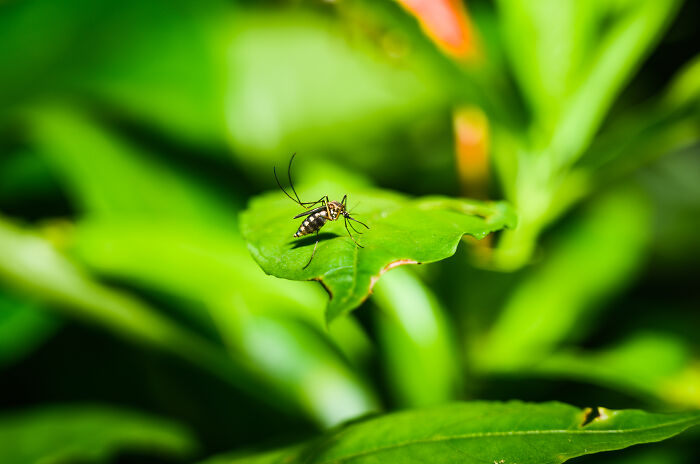
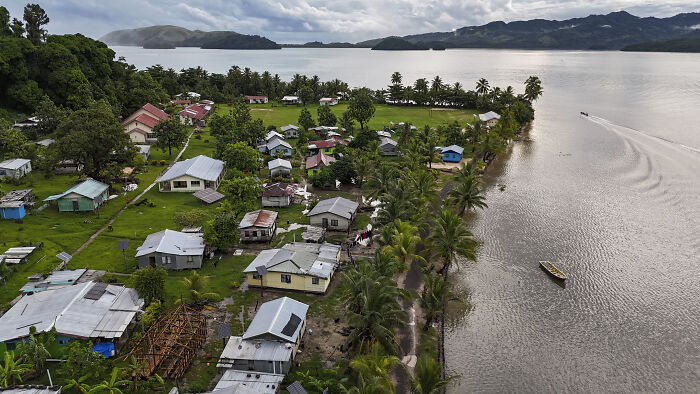
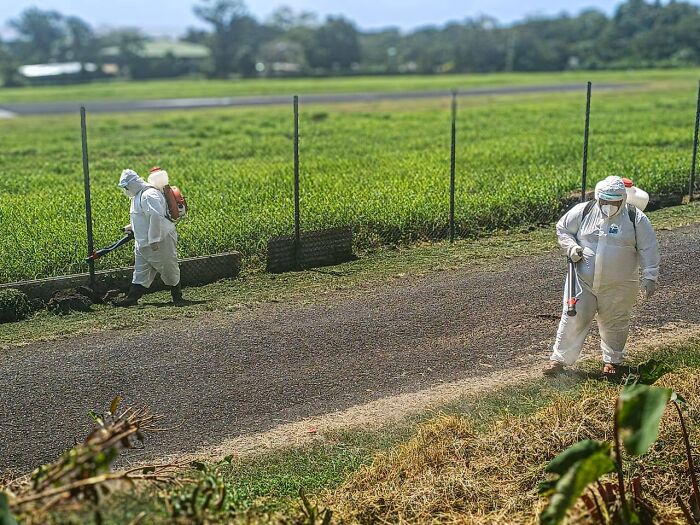

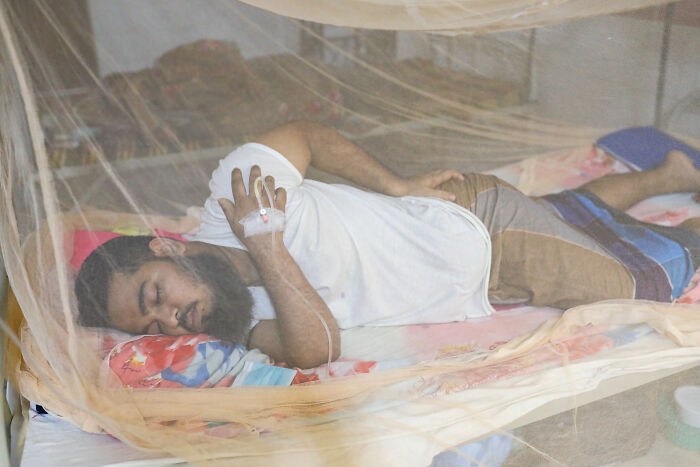
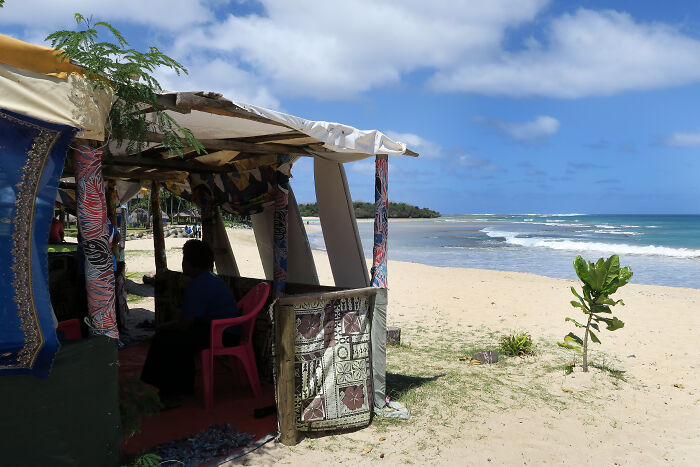
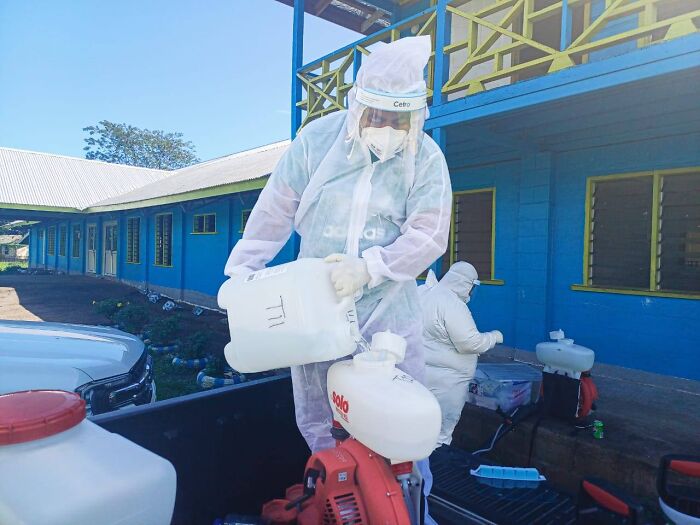

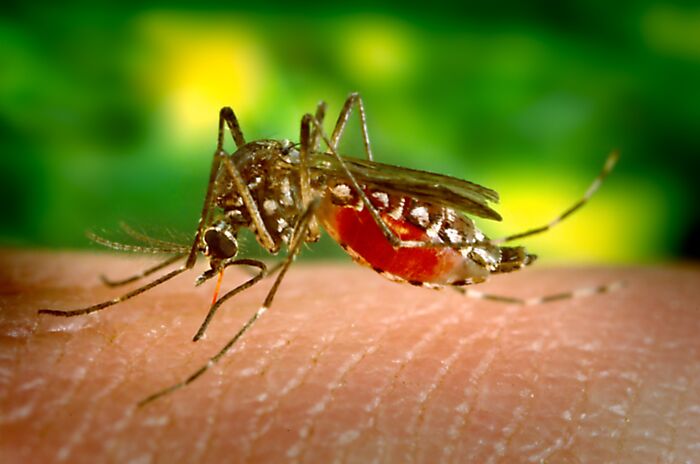
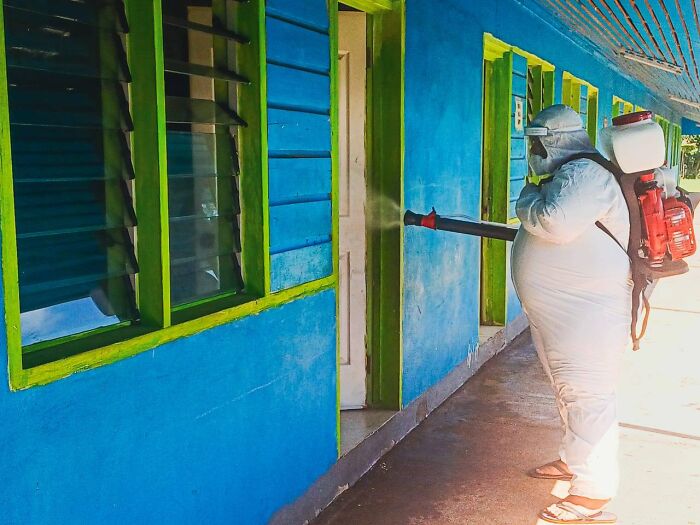



16
0